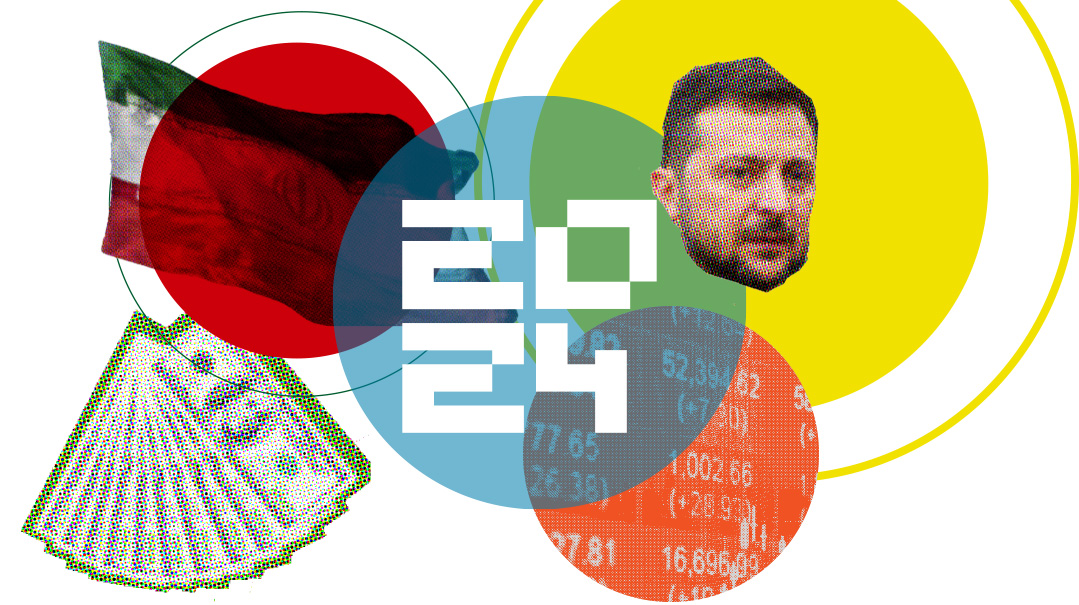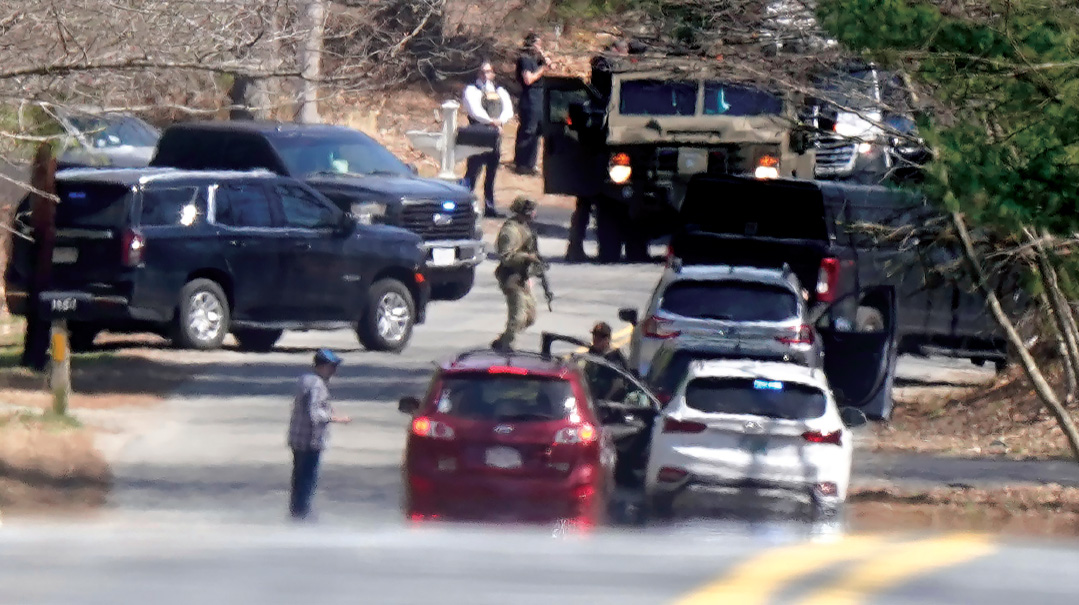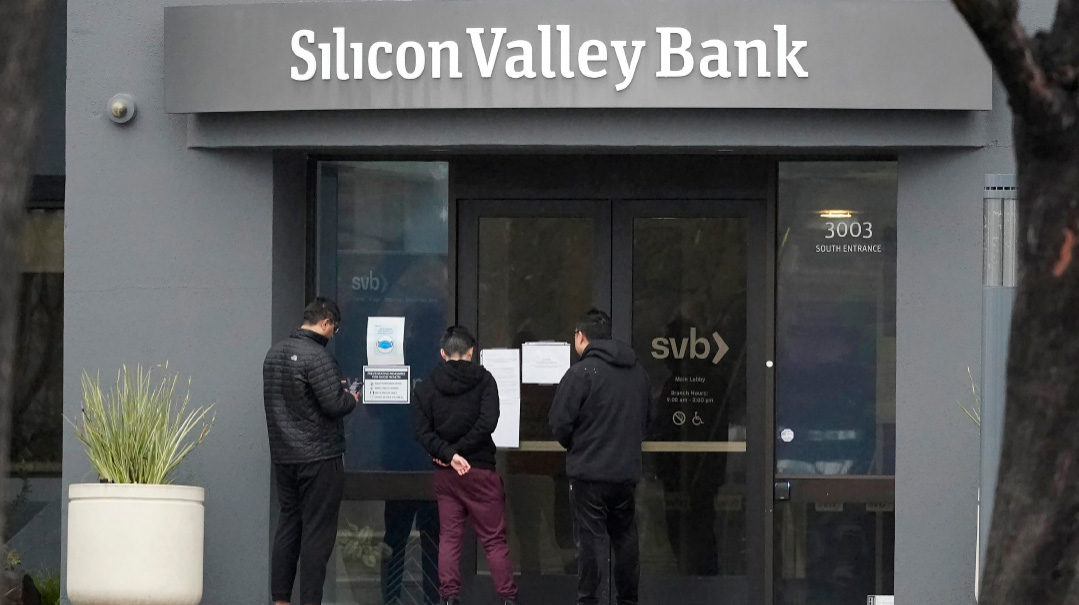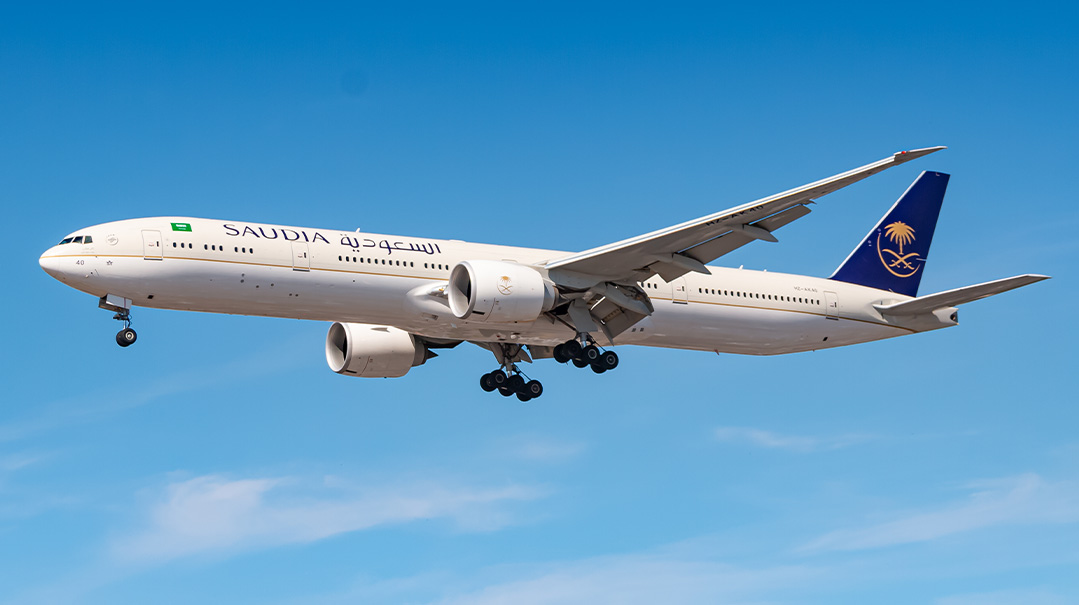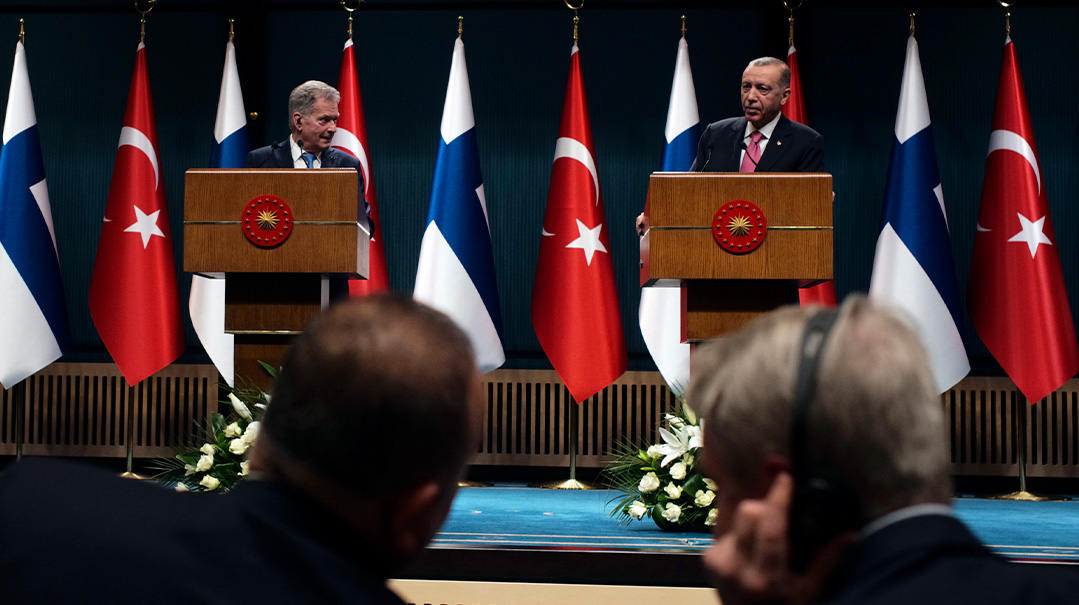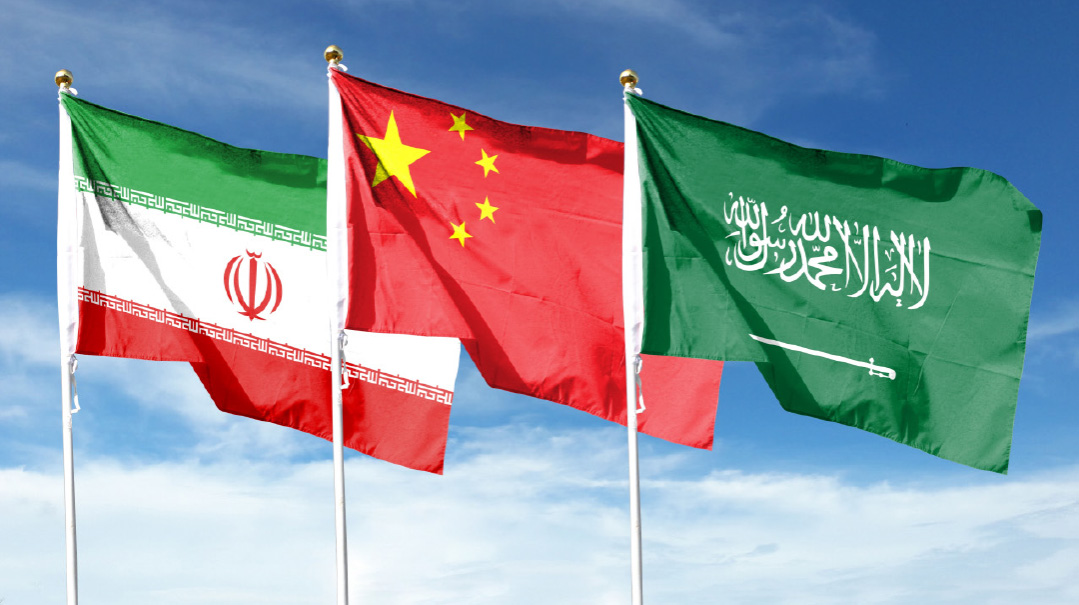Is DC’s Free Transit a Good Deal?
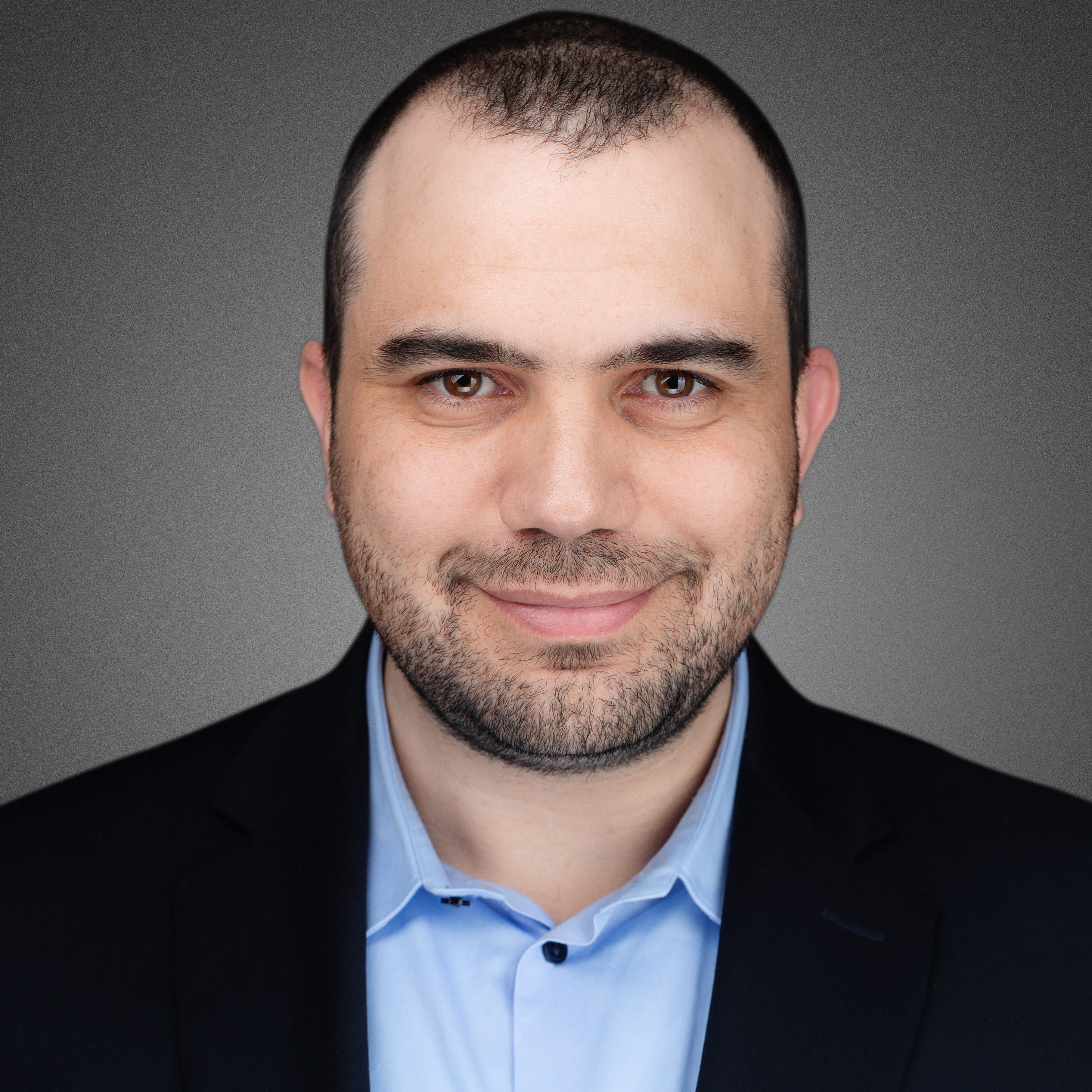
“I suspect it will be hard to continue to support it — and hard to stop supporting it, as well. It is a political risk”

Photo: AP Images
Policy debates in Washington, D.C., often center on what social scientists call the “free rider” problem — when the government creates a program that benefits one population, but a different population ends up paying for it.
Washington’s city council may have taken this debate to its logical extreme. Earlier this month, the council passed a resolution to make all public transit in the nation’s capital free, starting next summer. Whether you’re a resident or a tourist, whether you need to ride one block or across town — your fare will be paid by the city, i.e., local taxpayers.
A final vote will be held on December 20. If the measure is approved, Washington will be America’s largest city to offer free public transit. A few municipalities took similar steps during the Covid pandemic to ensure health workers had reliable transportation, and calls began to mount across the country for more widespread subsidies.
Washington’s far-reaching policy carries with it a number of issues. One is technical: The capital borders Maryland and Virginia, and some bus routes cross state lines. Mayor Muriel Bowser has signaled that she’s unenthused at the prospect of D.C. residents paying for their neighbors’ rides out of town, insisting that people from neighboring states should share the burden.
But beyond that, there’s the cost — $42 million from the municipal budget. Why not invest the money in more frequency, more drivers, more bus routes, more hours of service? Two Northwestern University transportation experts weighed in on the issue with Mishpacha.
“I’m in the camp of those who are generally opposed to universal free fares,” says Professor Ian Savage, director of the Transportation and Logistics Program in Northwestern’s Department of Economics. “I should be clear that I am not opposed to means-tested reduced rates, or free travel for those with very low incomes. I’m just opposed to universal free fares.”
Prof. Savage notes that universal free transit has become a trendy issue of late, but past experiments with the practice in the 1970s in Denver and Trenton, New Jersey, among other locales, did not last long.
“I think that bus riders, like the consumers of any product, must have some ‘skin in the game,’ ” Savage says. “I think payment of a fare is essential in ensuring continued public support for transit subsidies. It would be easy for taxpayers to say, ‘Why should I support something that the users do not value enough to be willing to contribute toward?’ While transit has not been a commercial business since the 1960s, as an economist, I think that passengers’ willingness to pay some portion of the costs are a market signal of the kinds of services (routes, times of day) that they desire.”
Civil and environmental engineering professor emeritus Joseph Schofer says now that Washington has taken this step, it has left itself no easy choices moving forward. “I do not know DC finances in any detail, but I suspect it will be hard to continue to support it — and hard to stop supporting it, as well. It is a political risk.”
Prof. Schofer points out that in 2021, Washington’s transit authority, WMATA, covered only 7.8% of its operating and maintenance costs from fare revenues. “This is a very low number for a property of its size.”
That, however, represents a steep drop from 2019, the last pre-pandemic year, when fares covered 38.5% of expenses. “It looks like ridership, and with it revenue, have not come back post-Covid, which may be attributable to traveler behavior or service degradation,” says Schofer. “At 7.8% farebox recovery, it is a lot easier to forgo fares than at 38%. In a sense, a free fare decision now is banking on ridership not returning after Covid, which would be an unfortunate outcome.”
All the more so, Prof. Savage says, because transit is on the edge of a fiscal cliff right now. “As soon as the federal pandemic financial aid to transit runs out in a year or two, the harsh reality of losing half of the ridership due to work-at-home is going to cause a financial crisis of the type we have not seen since the 1960s.”
For these reasons, Prof. Schofer does not expect Washington’s example to be the leading edge of a new trend. “There is talk, but I doubt this will spread, because larger transit operations are quite dependent on farebox revenues to cover a large fraction of their operating costs — around 25% to 50%. That is a big gap to fill. Where we see free transit taking hold is in smaller and less productive transit properties, where fare revenues are already of little importance to the budget. Many rural and small-town transit services are free, and this is not new.”
Free public transit has also been shown to have some unintended consequences.
“There are practical concerns, particularly if riders traveling a long distance cannot get on a vehicle because people going a few blocks, and who probably should walk, crowd them out,” says Prof. Savage. “Even in the 1970s experiments, there were concerns about vagrancy.”
“Experience has been that it attracts no-destination riders who get on the bus to be somewhere — to stay warm when it is cold, or cool when it is hot,” says Prof. Schofer. “In Portland, where there is a free fare zone in the downtown, vehicles fill up with roving teenagers who sometime harass or intimidate other passengers. As a consequence, free fares may drive off the very passengers the agency wants to serve. Long ago a free fare experiment in Newark had this result and it was terminated.”
Another question is, why are free fares necessary? Regular bus fare in DC is $2, cheaper than in many other major cities, and monthly passes range between only $64 and $192.
“Well, for some riders, these prices are a lot of money,” says Prof Schofer.. “It is about equity in mobility — making sure that everyone one can access the mobility they need. A better option would be to charge according to what people can afford — to subsidize people directly. The problem is that is that we don’t have a good way to apply a means test at the door of the bus, to know how much each rider can afford.”
Whatever the rider response is, transit advocates nationwide are sure to be following Washington’s program with great interest.
(Originally featured in Mishpacha, Issue 941)
Oops! We could not locate your form.

